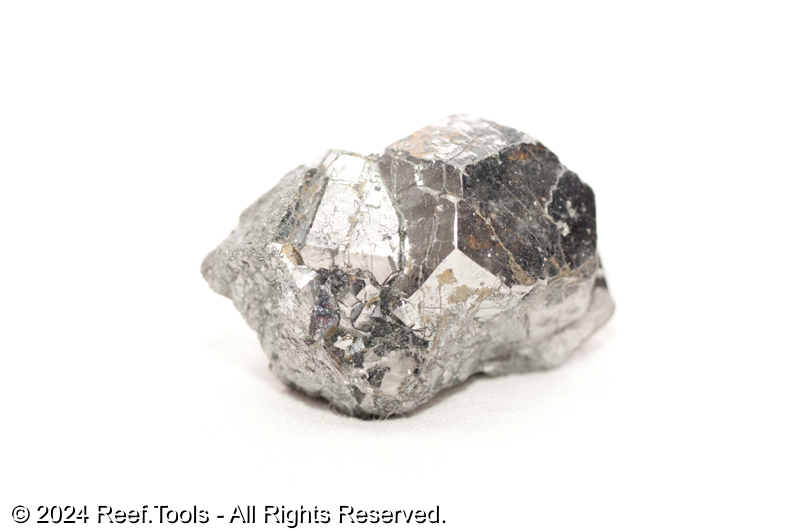Nickel (Ni)
Transition Metals
Atomic Number: 28
Last Reviewed: 12/15/2024
Nickel (Ni) is a trace element present in marine environments, playing significant roles in various biological processes within reef aquariums. Understanding its functions, optimal concentrations, and potential risks is crucial for maintaining a healthy and balanced reef system. Nickel is an essential micronutrient involved in several enzymatic processes in marine organisms. In reef aquariums, it contributes to coral health and the overall functioning of the ecosystem.
Natural Seawater Levels
Nickel concentrations in natural seawater typically range from 2 to 6 nmol/kg (approximately 0.12 to 0.35 µg/L), with variations depending on depth and location.
Risks
Deficiency: Low nickel concentrations can impair enzymatic activities, hindering nutrient absorption and growth in corals and other marine organisms.
Excess: Elevated nickel levels may lead to tissue bleaching and increased susceptibility to parasites in corals, as well as inhibitory effects on beneficial bacteria and algae.
Relevancy
Enzymatic Functions: Nickel serves as a cofactor for enzymes such as urease, which catalyzes the hydrolysis of urea into ammonia and carbon dioxide, facilitating nitrogen metabolism in marine organisms.
Coral Calcification: Adequate nickel levels have been associated with improved coral skeleton growth, potentially due to its role in enzymatic processes that supply inorganic carbon for calcification.
Phytoplankton Growth: Nickel is essential for the growth of certain phytoplankton species, influencing primary productivity and nutrient cycling within the reef ecosystem.
Ocean Values
| Reference Name | Low | High | Optimal | Unit |
|---|---|---|---|---|
| Fiji Ocean | 0.5000 | 2.0000 | 1.0000 | µg/L |
| Australia Ocean | 3.0000 | 8.0000 | 5.0000 | µg/L |
| Australia Ocean(Generic) | 3.0000 | 8.0000 | 5.0000 | µg/L |
Regional Variations
Nickel concentrations in seawater can vary based on factors such as proximity to terrestrial inputs, industrial discharges, and oceanographic conditions.
Dosage Recommendations
Target Level: Maintain nickel concentrations within the natural seawater range of approximately 0.12 to 0.35 µg/L.
Supplementation: If supplementation is required, follow manufacturer guidelines and adjust dosing based on regular testing to maintain optimal levels.
Handling
Testing: Utilize precise analytical methods, such as ICP-OES, for accurate measurement of nickel concentrations.
Supplementation: If supplementation is necessary, use high-purity nickel sources and adhere to recommended dosing protocols.
Reef.Tools recommends: Maintain Nickel (Ni) concentrations between 0.5000 and 2.0000 µg/L.
References
- "Nickel in Marine Aquarium and Its Importance." Reef Pedia. Reefpedia
- "Investigating the Effect of Nickel Concentration on Phytoplankton Growth to Assess Potential Side-Effects of Ocean Alkalinity Enhancement." Biogeosciences, 2022. Copernicus
- "The Distribution of Nickel in the West-Atlantic Ocean, Its Isotopes, and Their Relevance for the Oceanic Ni Cycle." Frontiers in Marine Science, 2020. Frontiers
Difficulty
Rating: Moderate
Maintaining optimal nickel levels requires careful monitoring and precise supplementation to avoid deficiencies and prevent excess accumulation.
Categorization
Element Type: Transition Metal
Role: Trace Element
Usually Deficient
Nickel can be depleted through biological uptake and may not be adequately replenished without supplementation, especially in closed aquarium systems.
Essential
Nickel is crucial for enzymatic activities involved in nitrogen metabolism and other physiological processes, directly impacting nutrient regulation and overall marine health.
Aliases
Ni, Nickelous Ion (Ni²⁺)
